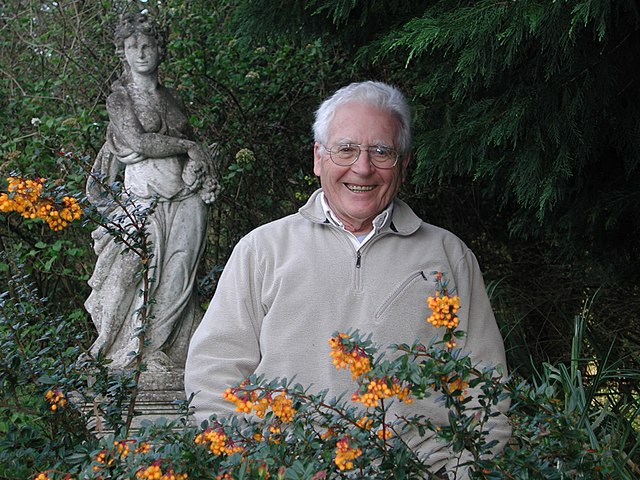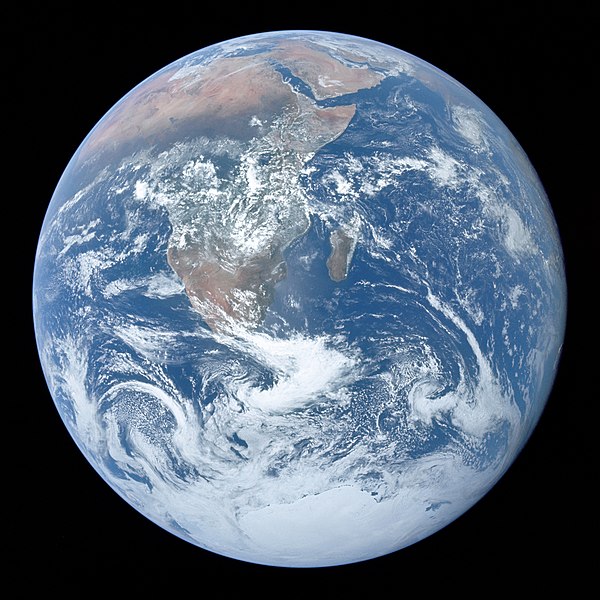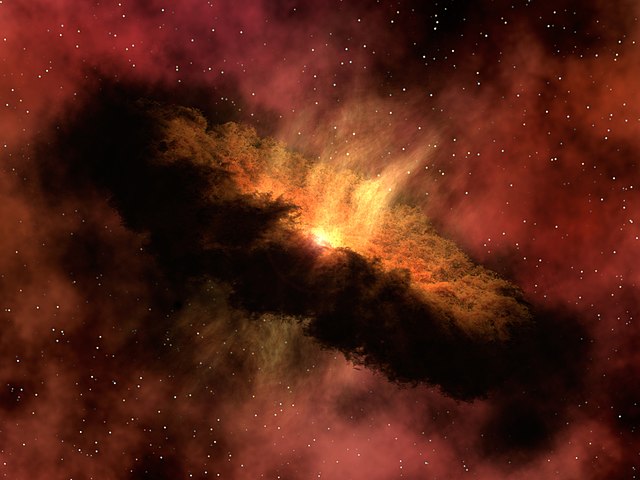The Gaia hypothesis, also known as the Gaia theory, Gaia paradigm, or the Gaia principle, proposes that living organisms interact with their inorganic surroundings on Earth to form a synergistic and self-regulating, complex system that helps to maintain and perpetuate the conditions for life on the planet.
The study of planetary habitability is partly based upon extrapolation from knowledge of the Earth's conditions, as the Earth is the only planet currently known to harbour life (The Blue Marble, 1972 Apollo 17 photograph).
Levels of gases in the atmosphere in 420,000 years of ice core data from Vostok, Antarctica research station. Current period is at the left.
Earthrise taken from Apollo 8 by astronaut William Anders, December 24, 1968
James Lovelock, 2005
Earth is the third planet from the Sun and the only astronomical object known to harbor life. This is enabled by Earth being a water world, the only one in the Solar System sustaining liquid surface water. Almost all of Earth's water is contained in its global ocean, covering 70.8% of Earth's crust. The remaining 29.2% of Earth's crust is land, most of which is located in the form of continental landmasses within Earth's land hemisphere. Most of Earth's land is somewhat humid and covered by vegetation, while large sheets of ice at Earth's polar deserts retain more water than Earth's groundwater, lakes, rivers and atmospheric water combined. Earth's crust consists of slowly moving tectonic plates, which interact to produce mountain ranges, volcanoes, and earthquakes. Earth has a liquid outer core that generates a magnetosphere capable of deflecting most of the destructive solar winds and cosmic radiation.
The Blue Marble, Apollo 17, December 1972
A 2012 artistic impression of the early Solar System's protoplanetary disk from which Earth and other Solar System bodies were formed
Pale orange dot, an artist's impression of Early Earth, featuring its tinted orange methane-rich early atmosphere
Conjectured illustration of the scorched Earth after the Sun has entered the red giant phase, about 5–7 billion years from now








